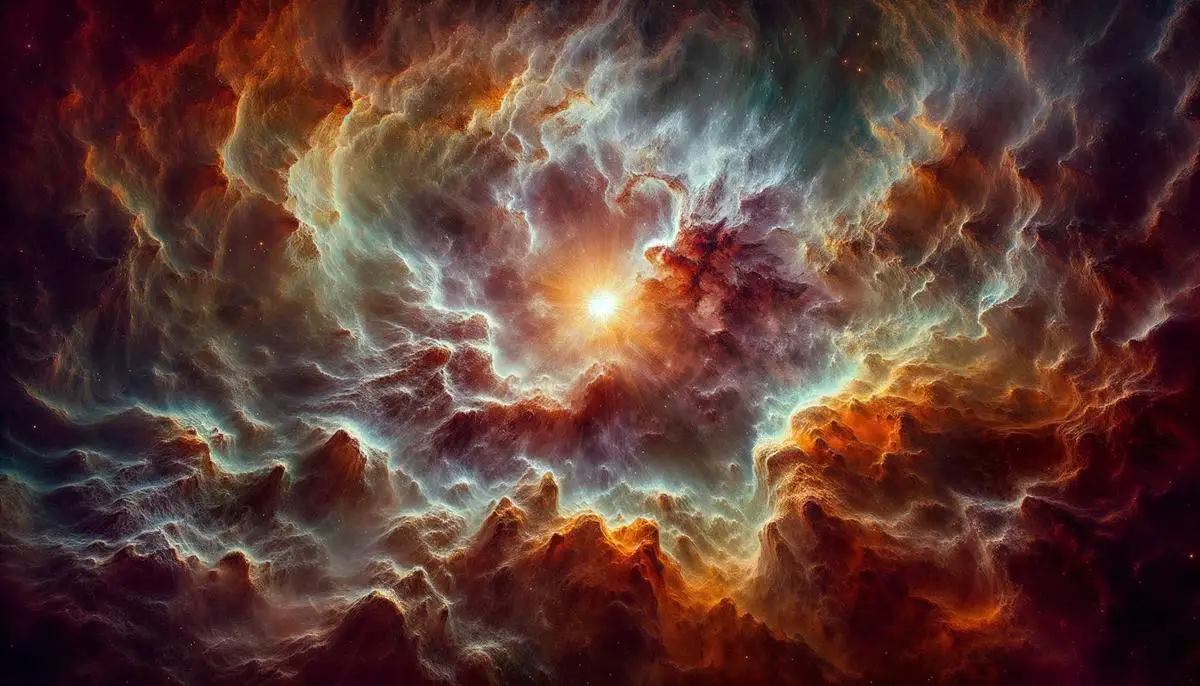The cosmos serves as a grand stage for the lifecycle of stars, where the formation and evolution of massive stars play a pivotal role in the narrative of the universe. This discussion aims to shed light on the intricate processes that govern the birth, life, and eventual demise of these celestial giants, weaving through the scientific theories and observational challenges that accompany our quest to understand these stellar phenomena.
Formation of Massive Stars
Massive stars, those giants of the cosmos, begin their lives in immense interstellar gas clouds. These cold regions of space are where gas and dust are pulled together by gravity, setting the stage for star birth. The process starts with the gas cloud collapsing, and as it does, different parts of the cloud clump together. These clumps get denser and hotter until nuclear fusion ignites at their core, and a star is born.
However, the journey from dust to a shining massive star is not straightforward. Stars more than eight times the mass of our Sun follow different rules than their lighter counterparts. Here's where it gets intriguing and somewhat debated among astronomers.
Some argue that massive stars form similarly to smaller ones, through the direct collapse of gas and dust. They suggest these stars grow rapidly by pulling in vast quantities of material from their surroundings. However, a challenge emerges: massive stars are so intense that, in theory, their birth should scatter their surrounding gas with fierce winds and radiation, preventing further growth.
Another theory suggests that massive stars might start as smaller entities. These protostars could merge with others in their stellar nursery, growing in mass through celestial collisions. This complex process is found mostly in crowded stellar nurseries, where stars are abundant and interactions are likely.
The formation of massive stars is also linked to the dynamics of the gas clouds themselves. Instabilities within these clouds can lead to regions dense enough to birth massive stars. These nurseries are turbulent and chaotic, with gas and dust moving in streams and sometimes forming accretion disks around the growing stars. The disks feed the young stars, funneling material onto them and allowing them to gain mass despite the pressure of their own radiation trying to push everything away.
Observing these processes is a huge challenge. Massive star-forming regions are often shrouded in dust, hiding their secrets from traditional telescopes. The infancy stage of these behemoths is often over quickly, making it difficult for astronomers to catch them in action. Space observatories equipped with infrared vision become crucial, allowing us to peer through the cosmic dust and glimpse the birth of these giants.
At the heart of it all is a story of gravity, gas, and fusion. These processes and theories outline the tale of how massive stars come into existence in our Milky Way. With well-considered predictions and high-tech observations into dusty corners of space, astronomers are slowly unveiling the secrets of massive star formation. It's an ongoing narrative, full of intriguing possibilities that stir both the imagination and curiosity about the universe we inhabit.
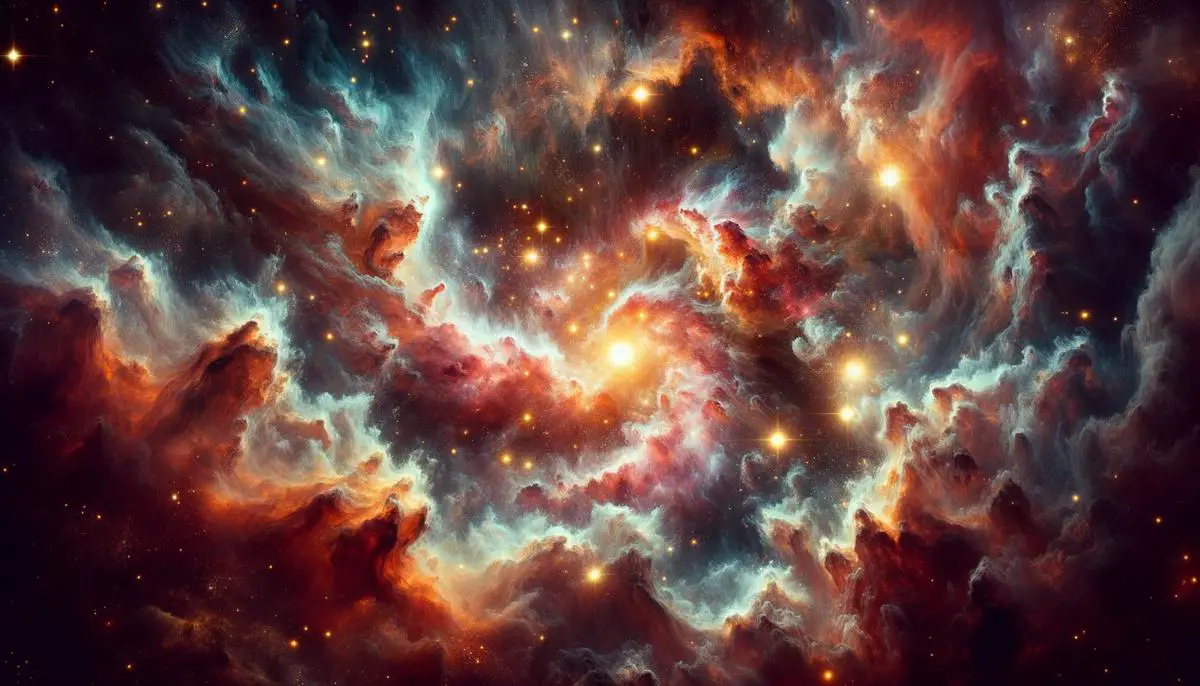
Characteristics of Massive Stars
When gazing up at the night sky, every star might seem like just another point of light. However, the universe hosts a diverse assembly of stars, varying significantly in mass, temperature, and size. Standing out amongst their stellar brethren are massive stars, cosmic giants whose existence shapes the architecture of the universe. But what sets these titans apart from the average stars? Let's delve into the physical and chemical characteristics that make massive stars truly remarkable.
Luminosity and Mass: The Titans
Massive stars are not just slightly larger than their less massive counterparts; they are truly enormous, exceeding eight times the mass of our Sun, with some boasting masses over 100 times that of Sol. This immense mass bestows upon these stars a luminosity that can outshine millions of suns. Their brilliance plays a crucial role in the formation and evolution of galaxies, acting as beacons that guide us to understand the structure of the universe.
Temperature: Cosmic Furnaces
The core temperature of these stellar titans is another facet of their extreme nature. To sustain nuclear fusion at such massive scales, the core temperatures soar to tens of millions of degrees Kelvin. This intense heat powers the nuclear furnaces that seed the cosmos with heavy elements. The temperature also imparts to massive stars their distinctive bluish tint, a contrast to the reddish hue of cooler, low-mass stars.
Lifespan: Brilliant but Brief
Despite their grandeur, massive stars lead relatively short lives. Their vast energy reserves are consumed at a prodigious rate, leading to lifespans ranging from a few million to a few tens of million years. This ticking clock drives the evolutionary journey of massive stars, leading them from a shining birth to a spectacular end.
The Role in Cosmic Alchemy
The most remarkable legacy of massive stars is their role in cosmic alchemy. Throughout their lives, these stars are the crucibles in which lighter elements fuse into heavier ones—silicon, sulfur, calcium, among others. This process intensifies in their final moments when huge supernova explosions scatter these newly minted elements across the cosmos. This stardust becomes the building blocks of new stars, planets, and even life itself.
Their Ultimate Fate
The fate of a massive star is intertwined with its mass. Some culminate their lives in a supernova, leaving behind pulsating neutron stars or enigmatic black holes. Others succumb to an even more peculiar destiny, becoming magnetars or black dwarfs. Each end state contributes uniquely to the cosmic landscape, creating phenomena that astound and puzzle astronomers.
Massive stars, with their immense mass, high temperatures, and cataclysmic ends, are far more than just points of light in the night sky; they are the sculptors of galaxies, the forges of chemical complexity, and the progenitors of some of the most exotic objects in the universe. Their study not only reveals the underlying processes of stellar evolution but also illuminates our place in this grand cosmic ballet.
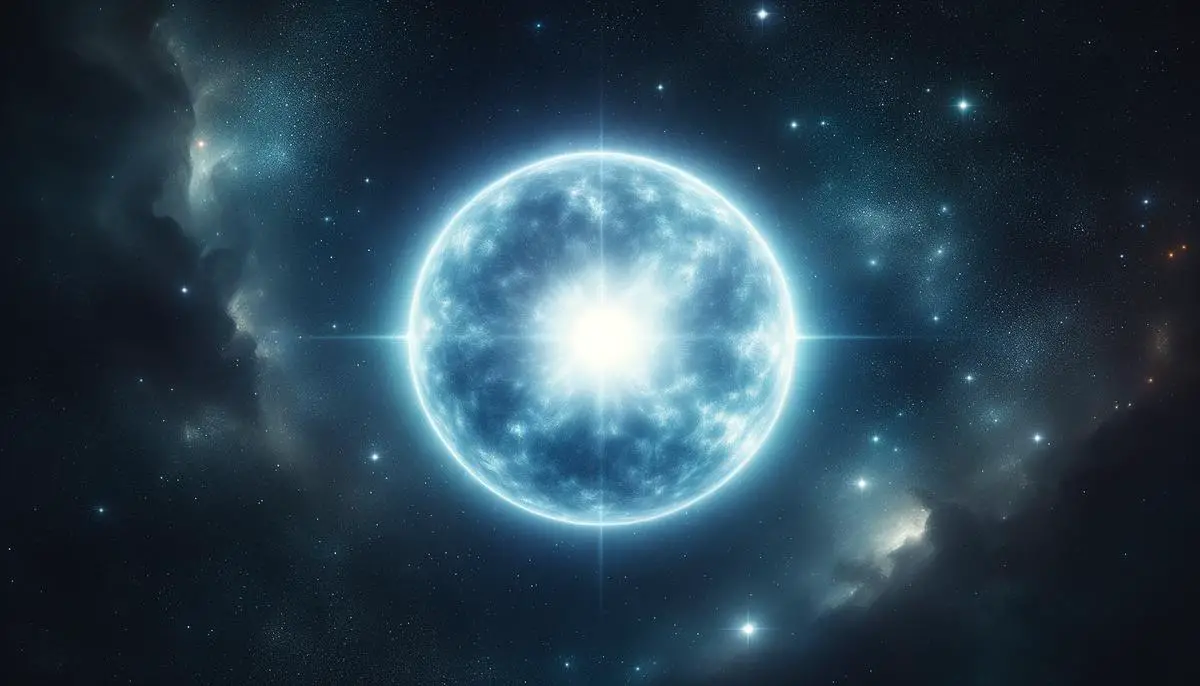
Massive Stars and Galactic Evolution
Massive stars are not merely cosmic ornaments; they are dynamic agents of change, sculpting the narrative of the Milky Way's evolution. Their profound influence weaves through the spiral arms of our galaxy, marking their presence in the orchestration of cosmic phenomena that drive galactic transformation. Let's explore the mechanisms by which these cosmic titans mold our galaxy's past, present, and future.
Architects of the Interstellar Medium
The interstellar medium (ISM) — the cosmic tapestry that drapes between stars — is richly textured by the lifecycle of massive stars. These stars are prolific contributors to the galaxy's recycling program. Through their stellar winds and eventual supernova explosions, they inject vast quantities of material back into space, enriching the ISM with heavy elements and dust. This continuous replenishment not only diversifies the palette of materials available for future generations of stars but also catalyzes the formation of complex molecules, laying the groundwork for potential habitats capable of nurturing life.
Cradles of Star Formation
Massive stars actively sculpt their surroundings, triggering the birth of new stars in a cosmic domino effect. The forceful winds and shock waves from supernovae compress nearby gas clouds, creating fertile grounds for star formation. This process, known as triggered or induced star formation, paints a picture where the death of one giant star sets the stage for the emergence of others. Thus, the fate of massive stars and the birth of new spectral bodies are elegantly intertwined.
Sculptors of Galactic Arms
The majestic spiral arms of the Milky Way owe much to the legacy of massive stars. These luminous giants congregate in spiral arms, where their light illuminates these regions and their deaths seed future generations. Their supernovae can both compress gas to foreshadow new star birth and inject turbulence into the galactic disk, influencing the structure of the spiral arms. It is this cycle of star birth and death that keeps the spiral arms prominent, a galactic cycle of renewal and destruction.
Engineers of Cosmic Catastrophes
The terminal breaths of these celestial titans — their supernovae — are cataclysmic events that shape the galactic landscape. These explosions disseminate heavy elements across vast reaches of space, but their shockwaves also act as cosmic brooms, potentially triggering and stifling star formation in their wake. Furthermore, the remnants of massive stars, neutron stars, and black holes carve out their legacy, influencing everything from the dynamics of stellar clusters to the growth of supermassive black holes at the cores of galaxies.
Navigators of Galactic Evolution
In their colossal lifetimes and explosive demises, massive stars drape the Milky Way in a rich tapestry of change, influencing its structure, chemistry, and star formation rate. They are catalysts in a grand cosmic cycle, navigating the galaxy through episodes of birth, transformation, and renewal. As astronomers untangle the influence of massive stars on the Milky Way's journey through cosmic time, we gain not only insights into our galaxy's past but also glimpses of its evolving future, a narrative indelibly shaped by these cosmic powerhouses.
In summary, the legacy of massive stars transcends their own brief existences. As architects of change, their cosmic endeavors resonate through the structure and evolution of the Milky Way. They craft the bones of galaxies, herald new stellar generations, and sculpt the substance of existence itself. As we gaze into the heavens, we witness not just the silent shimmering of distant suns, but the vibrant dance of creation and destruction choreographed by these magnificent stellar entities.
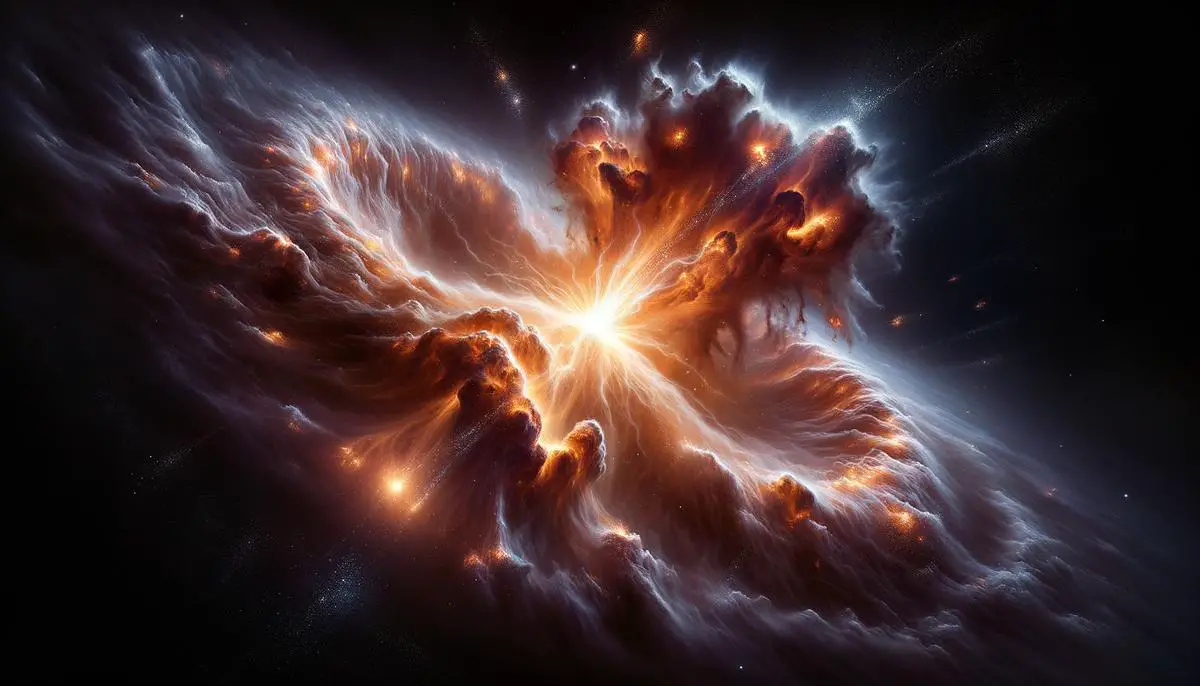
Challenges in Observing Massive Stars
Challenges in Observing Massive Stars: Peering Through Cosmic Veils
The study of massive stars is a captivating yet challenging endeavor. These enigmatic celestial objects push the boundaries of astronomical observation and understanding. Astronomers face several hurdles when attempting to unravel the secrets of these cosmic giants.
Massive stars are rare, with their numbers diminishing as their mass increases. This scarcity makes them difficult to locate and study, requiring astronomers to search vast regions of space. Additionally, these stars are often situated at great distances, spanning hundreds or even thousands of light-years. Observing them accurately necessitates highly sensitive instruments and indirect observation methods to estimate distances, measure luminosities, and comprehend their complexities.
Furthermore, the presence of interstellar dust in the galaxy poses another challenge. This dust absorbs and scatters light, obscuring stars from view. Massive stars, frequently embedded within dense star-forming regions, are particularly affected by this phenomenon. To overcome this hurdle, observatories must employ instruments capable of observing in wavelengths beyond the visible spectrum, such as infrared and radio.
Despite these obstacles, advancements in technology have revolutionized our ability to study massive stars. Space observatories like the Hubble Space Telescope and the James Webb Space Telescope provide unprecedented views, while ground-based observatories utilize adaptive optics and interferometry to enhance their vision. These instruments work together to peel back the layers of cosmic dust and reveal the enigmatic nature of massive stars in remarkable detail.
The quest to understand massive stars exemplifies humanity's relentless curiosity and pioneering spirit. As we continue to deploy cutting-edge technology to explore the cosmos, we inch closer to decoding the cosmic heritage encoded in the light of these stellar giants. It is a journey filled with challenges, but one that promises to unveil our place in the vast expanse of the universe.
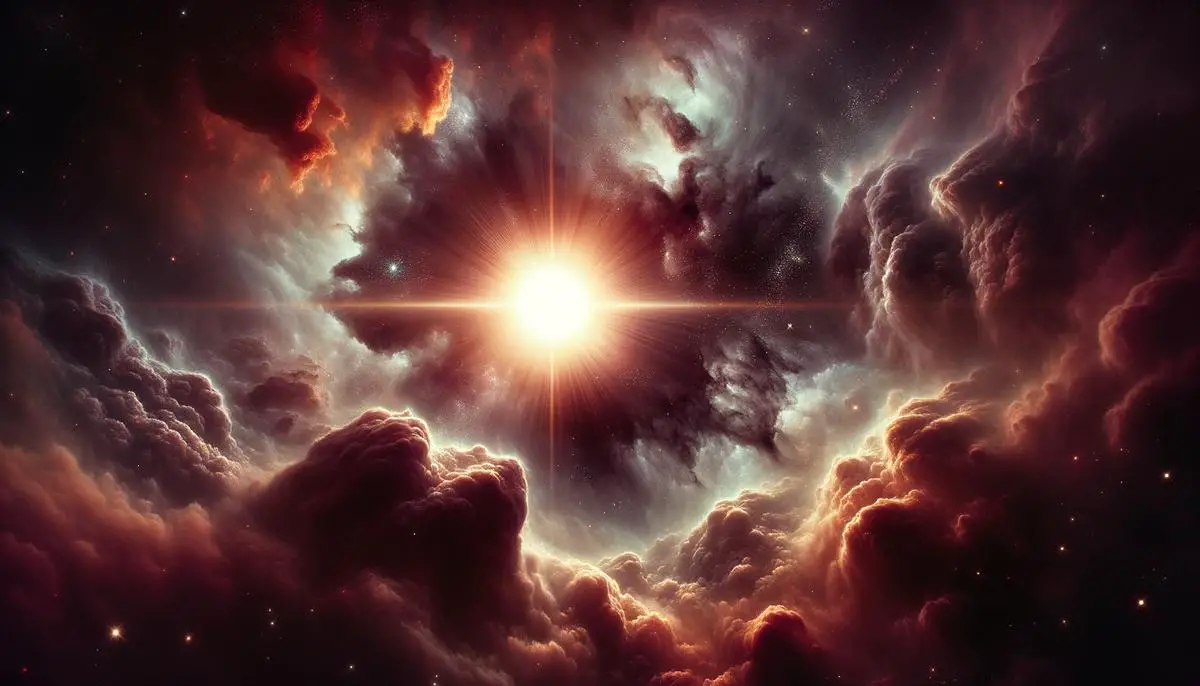
Future of Massive Star Research
Future Prospects in the Study of Massive Stars: A Forward-Looking Analysis
Astronomy is on the verge of a new era, poised to unravel the mysteries surrounding the formation, evolution, and ultimate fate of massive stars. Technological innovations, upcoming missions, and theoretical breakthroughs are set to revolutionize our understanding of these cosmic powerhouses.
The near future promises the launch of missions and next-generation space observatories, such as the European Space Agency's Euclid mission and NASA's Nancy Grace Roman Space Telescope. These sophisticated observatories will provide invaluable data on star-forming regions at unprecedented resolution and sensitivity, potentially uncovering the secrets of how massive stars form from cosmic dust.
Advancements in radio astronomy, like the Square Kilometre Array project, aim to penetrate the densest clouds of gas and dust, offering insights into the earliest stages of massive star birth. This could allow astronomers to observe the dynamic interplay of creation and destruction in near real-time.
Technological breakthroughs in adaptive optics and laser guide star technologies are also expected to enhance the capabilities of ground-based telescopes, enabling them to rival and even surpass the clarity achieved by space-based observatories. These improvements will not only refine our understanding of massive stars in our own galaxy but also provide clearer views of distant galaxies, revealing the role of massive stars on a universal scale.
Alongside observational advancements, theoretical innovations are poised to piece together the fragmented understanding of massive star formation and evolution. Computational astrophysics, fueled by machine learning and supercomputing capabilities, holds the potential to simulate the complex physical processes within interstellar nurseries with unprecedented accuracy. These models could shed light on how massive stars emerge from dense molecular clouds, their interaction with radiation pressure, and their ultimate fate as supernovae.
As we refine our understanding of dark matter and dark energy, the contextual framework within which we perceive massive stars may also undergo a paradigm shift. These fundamental forces undoubtedly play a role in shaping the large-scale structure of the universe, influencing the formation and evolution of galaxies and the massive stars within them.
The cosmic significance of massive stars cannot be overstated. Their births mark epochs of creation, while their deaths sow the seeds of new worlds. As we approach the horizon of discovery, armed with technological revolutions and fresh perspectives, the narrative of these celestial beings is set to unfold in all its multifaceted glory. The future of massive star research shines bright, beckoning with mysteries ripe for revelation and a deeper understanding of our magnificent universe.
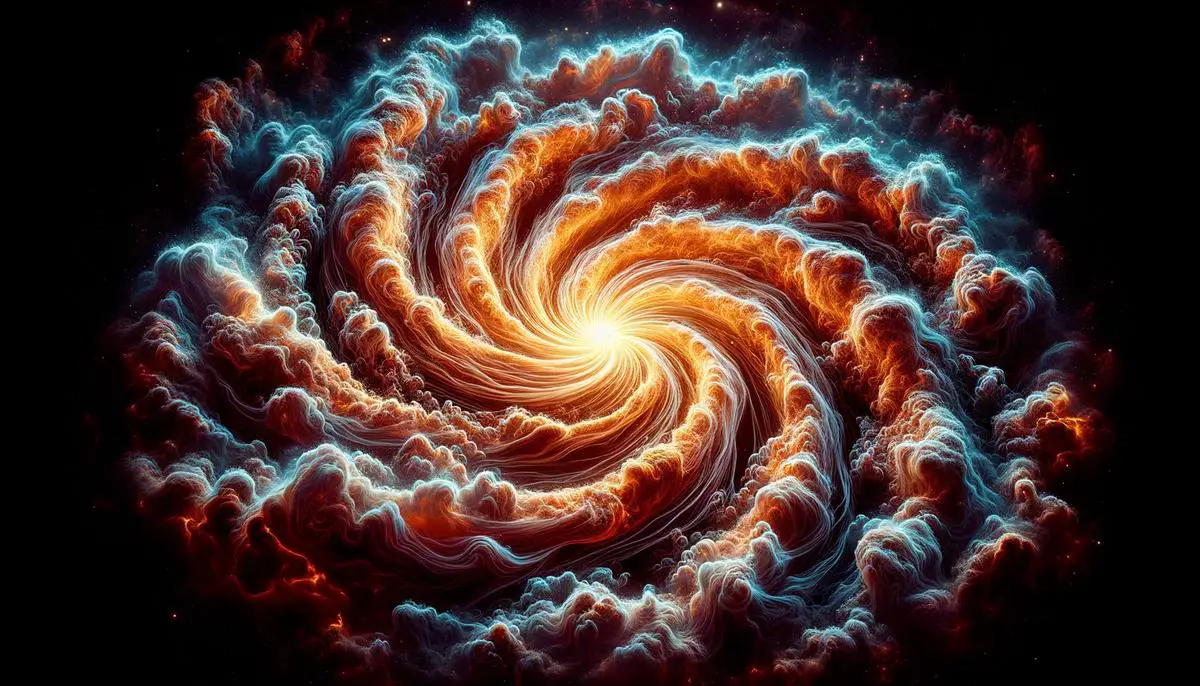
The study of massive stars provides valuable insights into the processes that shape our universe. Their formation, evolution, and ultimate fate hold the key to understanding not only the lifecycle of stars but also the intricate dance of galaxies and the origin of the elements that make up our world. As we continue to advance our observational capabilities and refine our theoretical models, we move closer to unlocking the secrets of these cosmic giants. Their immense influence extends far beyond their brilliant presence in the night sky, and their study will undoubtedly continue to illuminate our understanding of the universe we inhabit.
![]()
